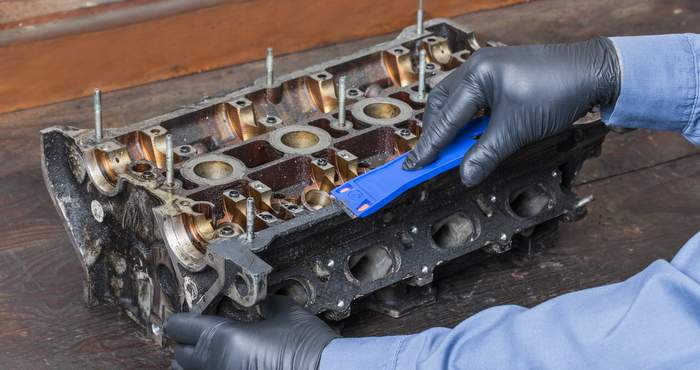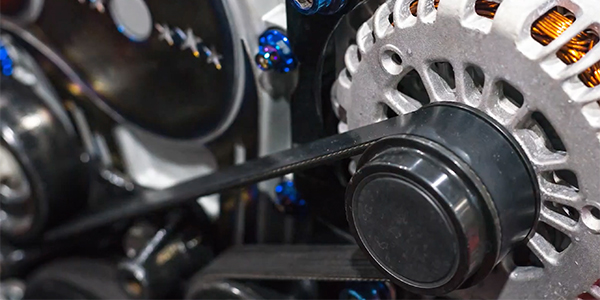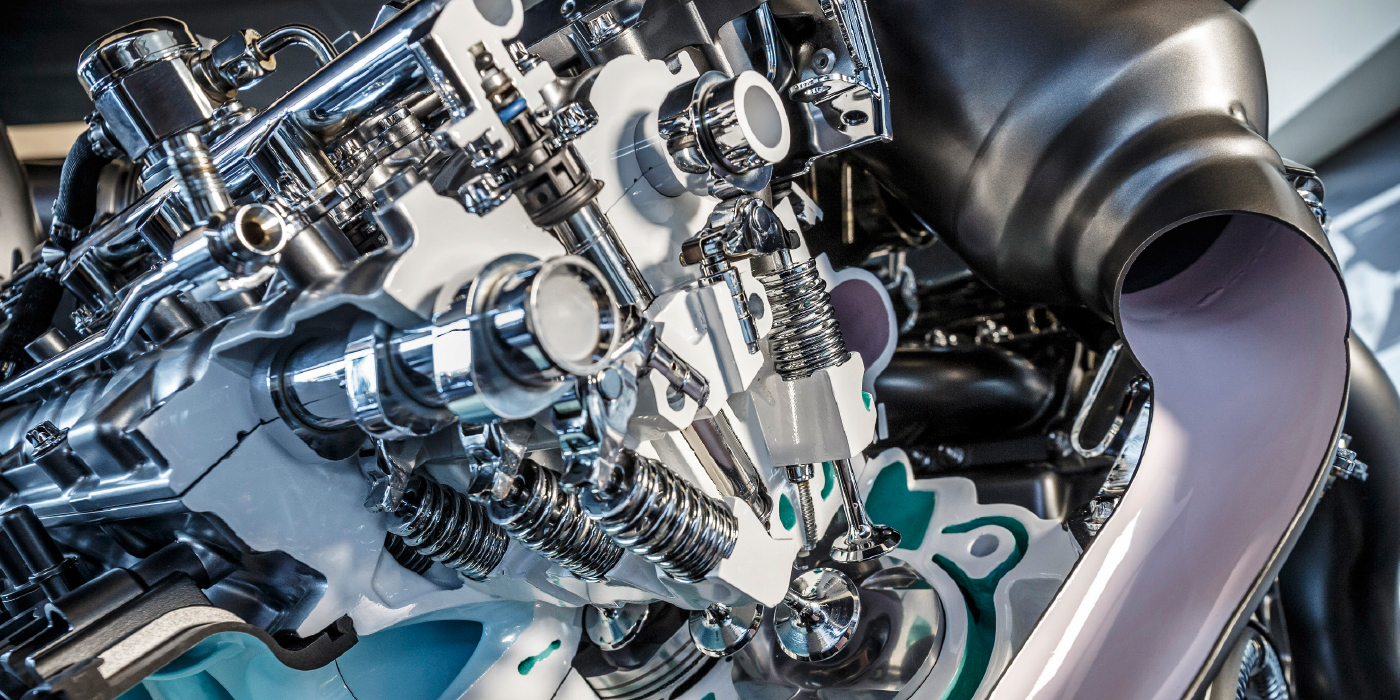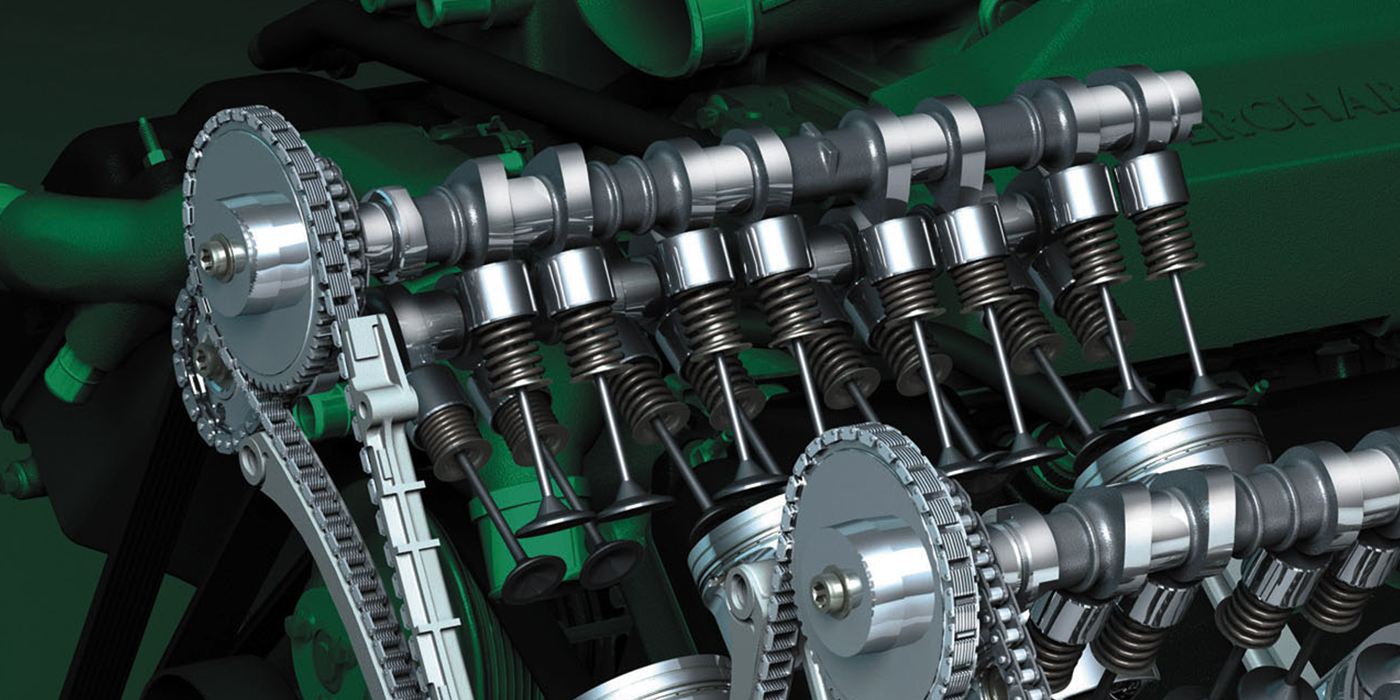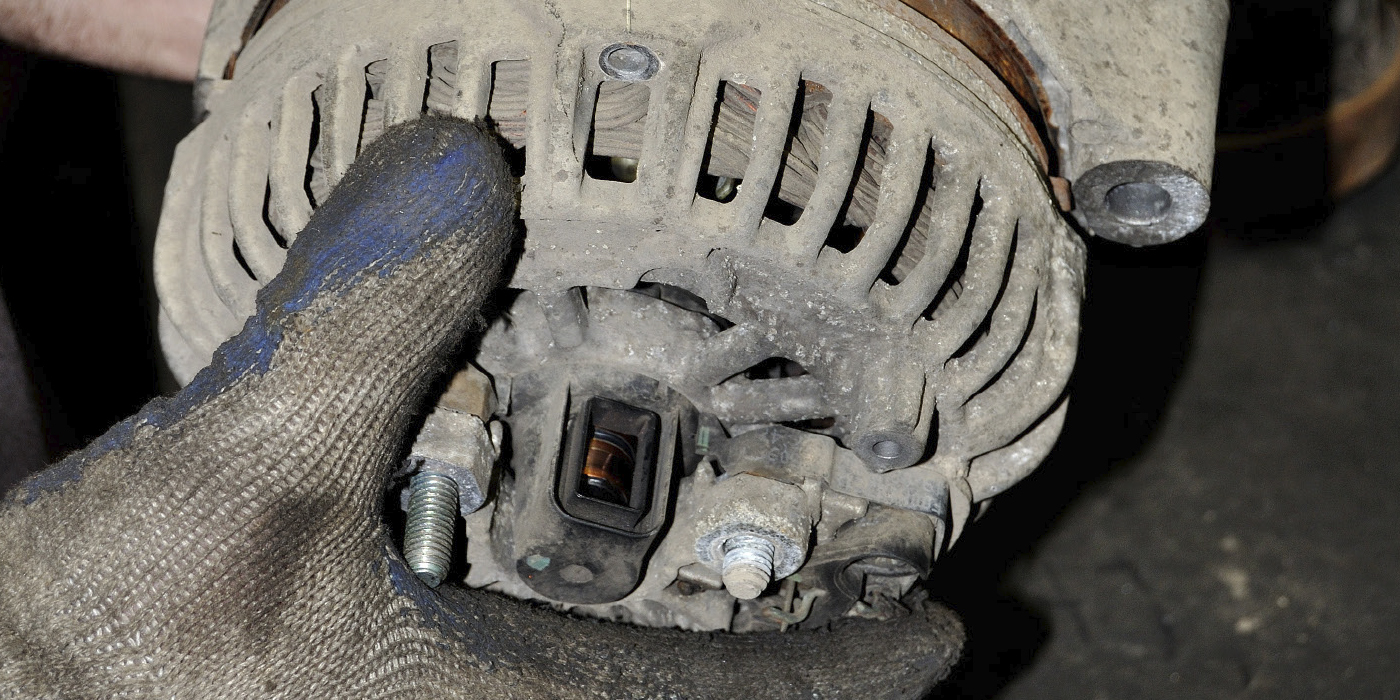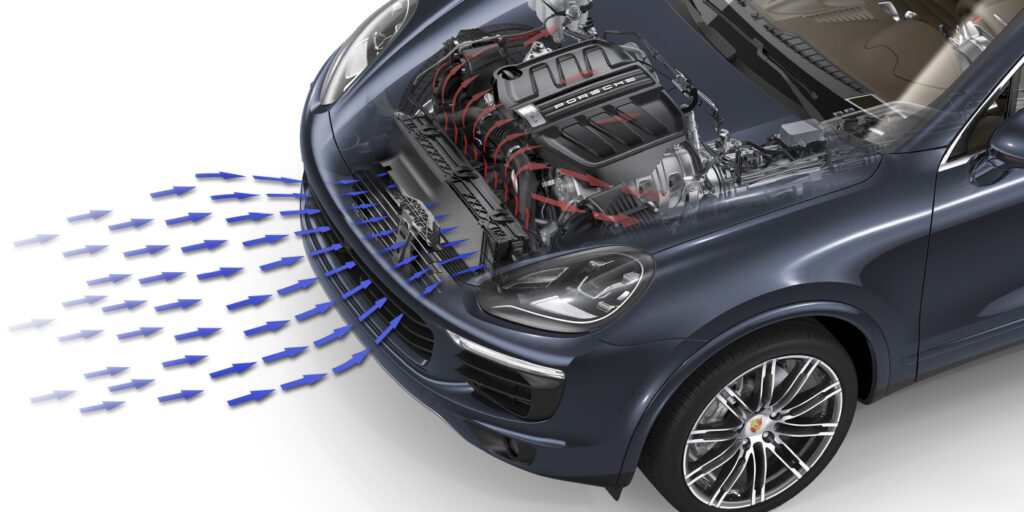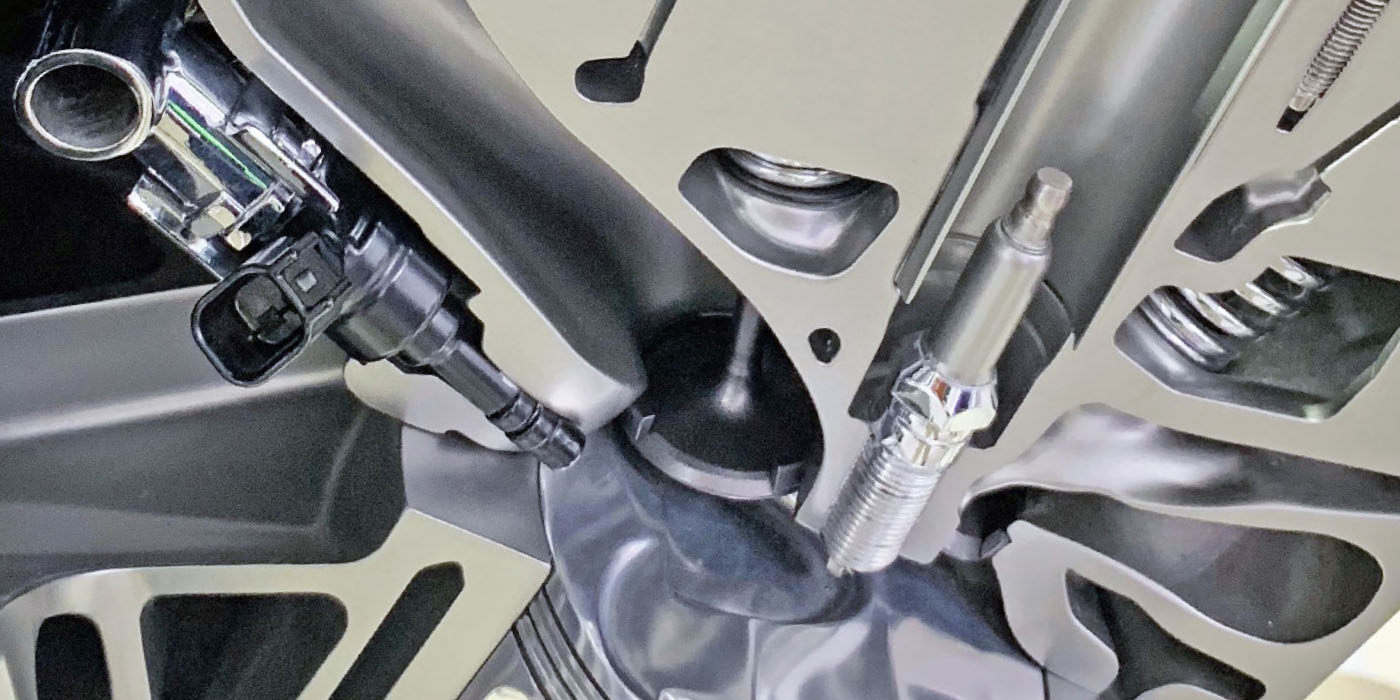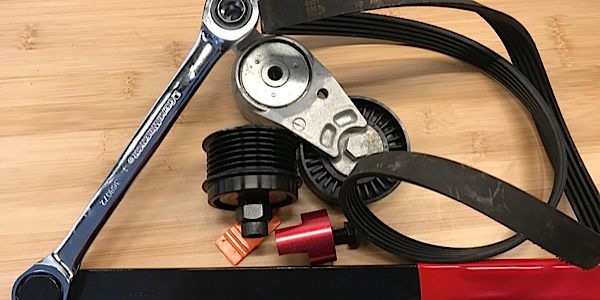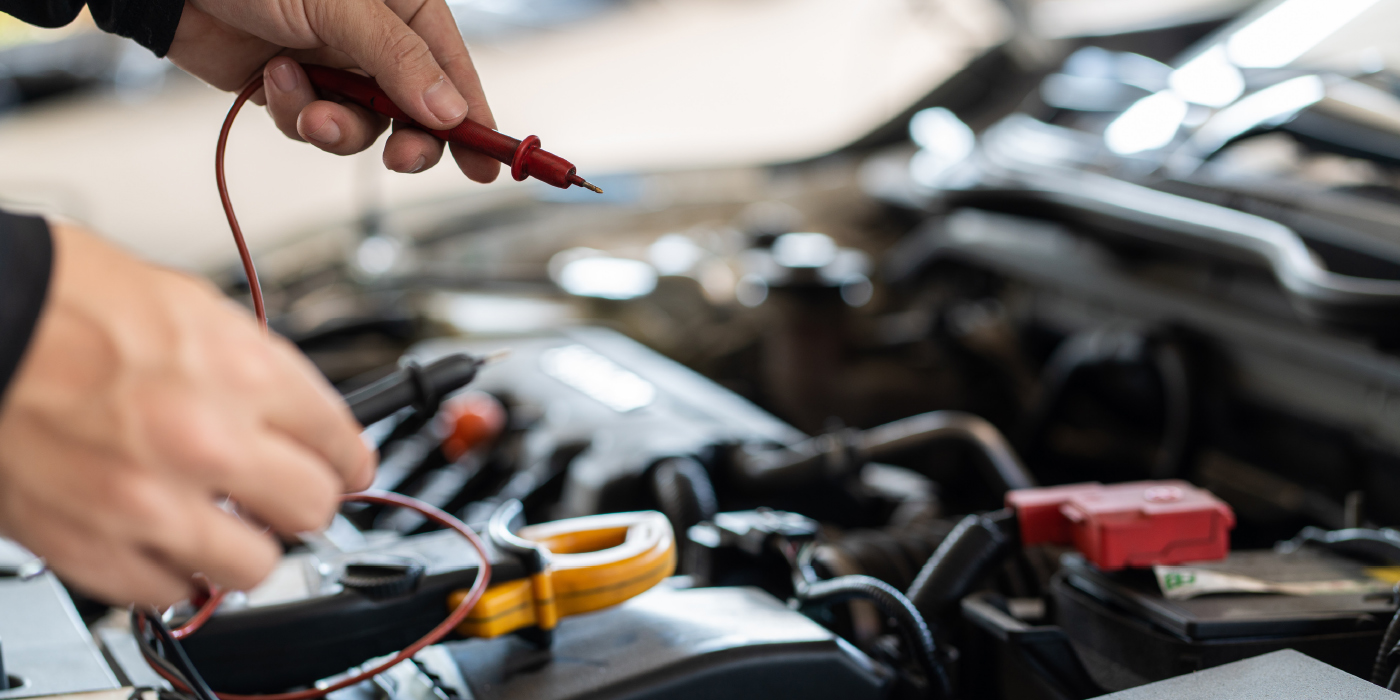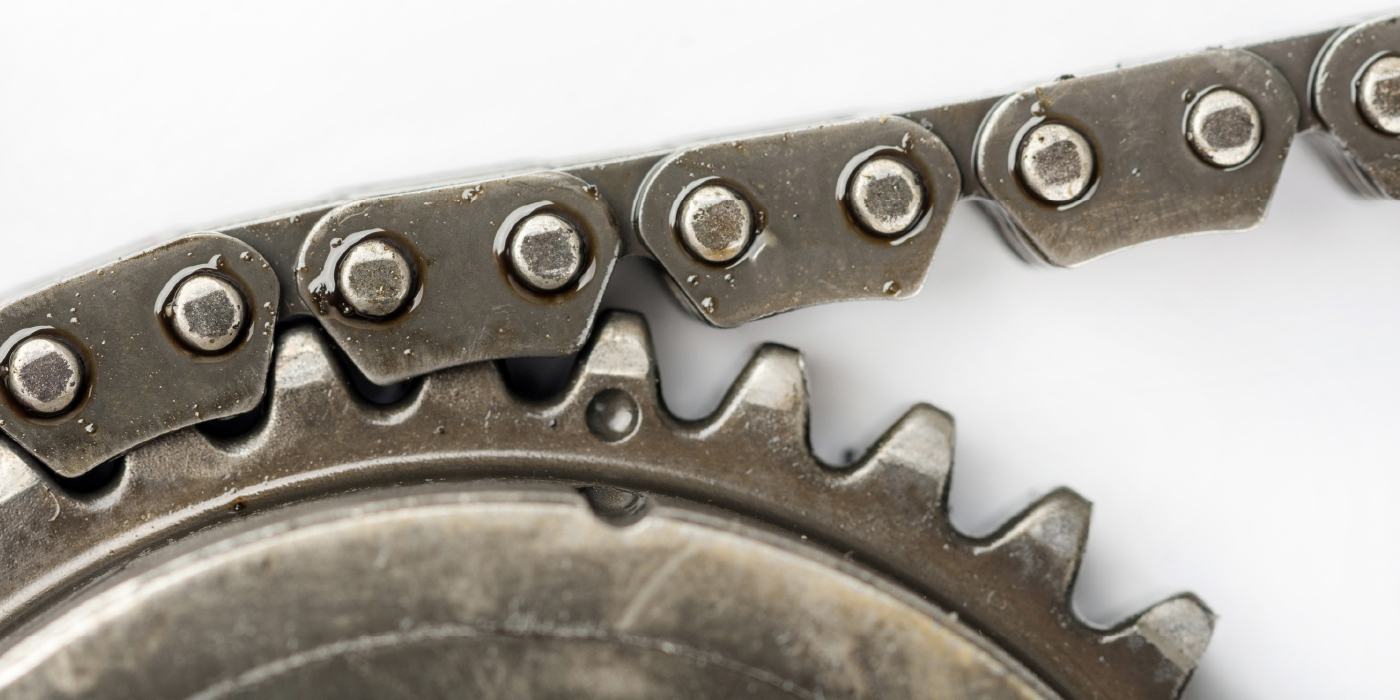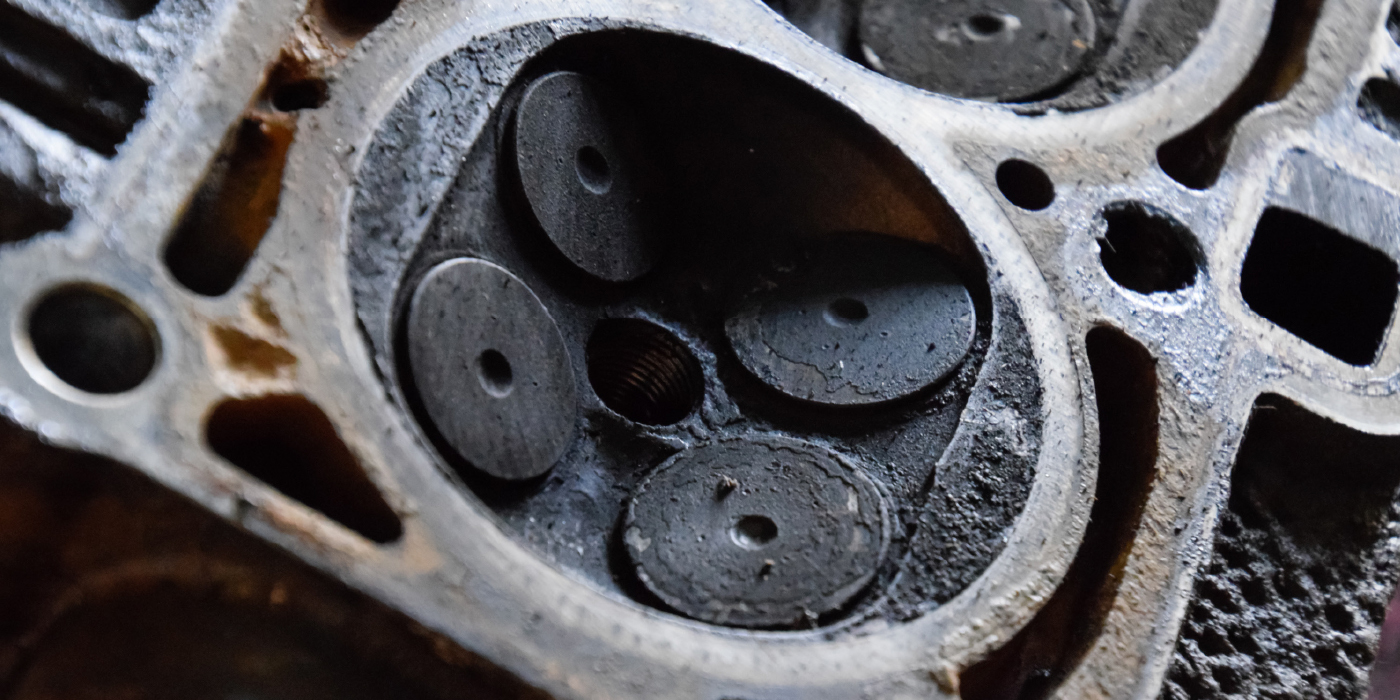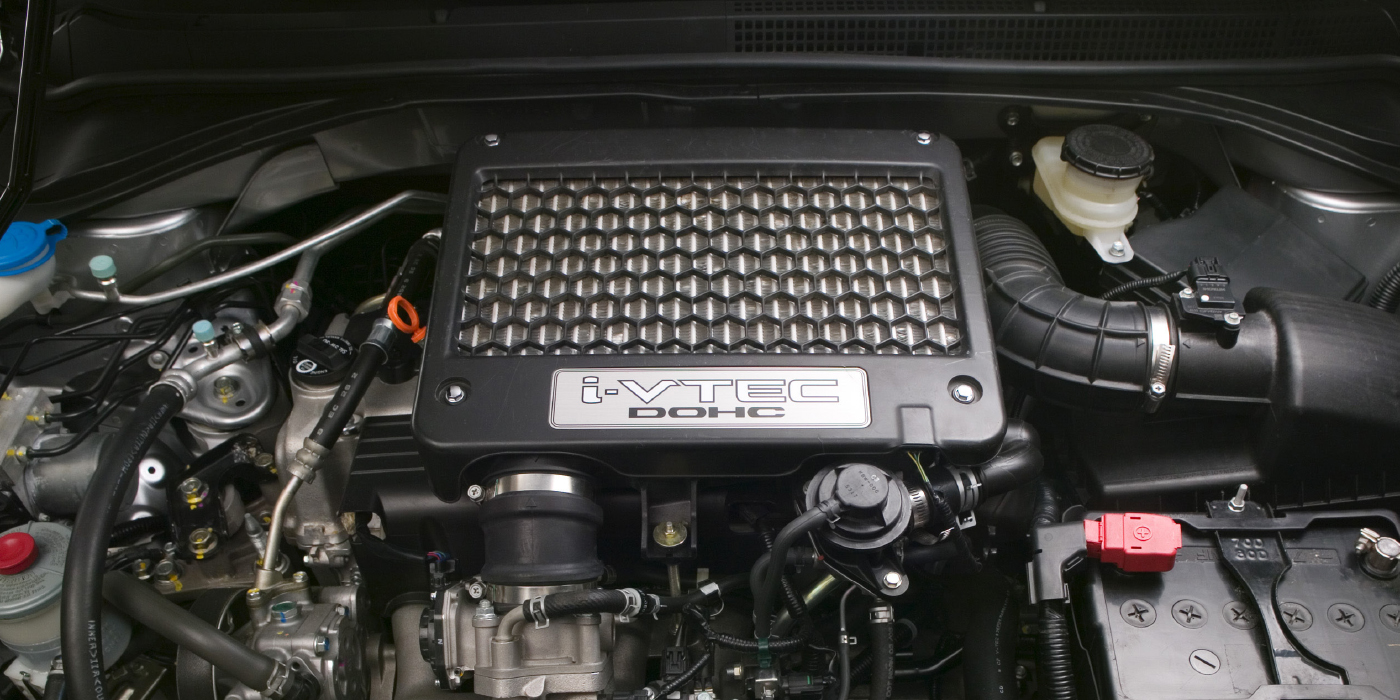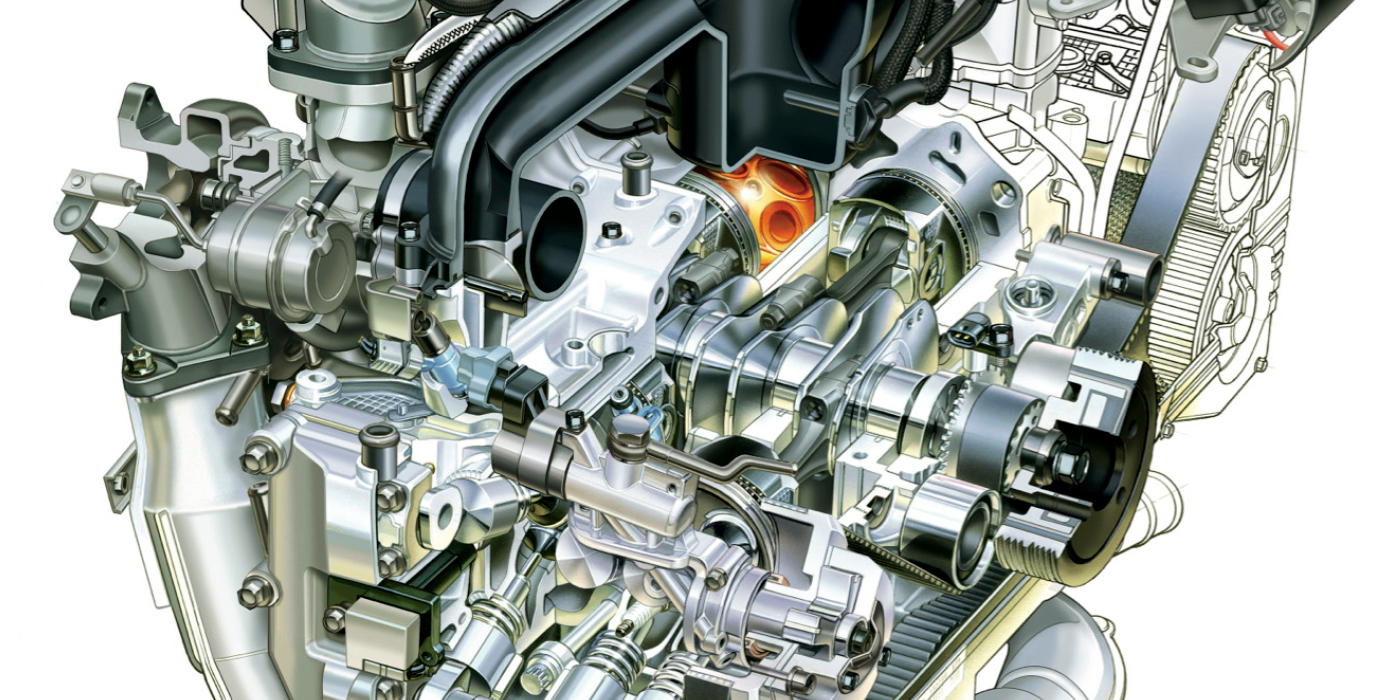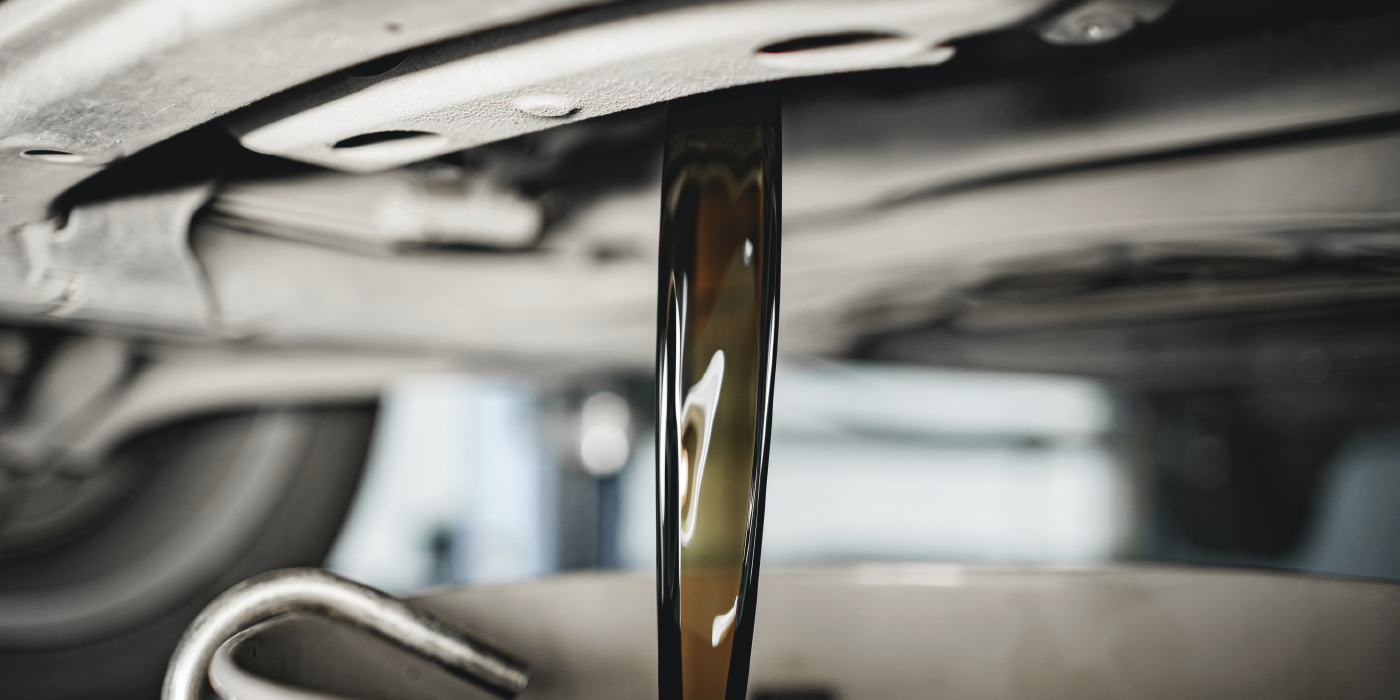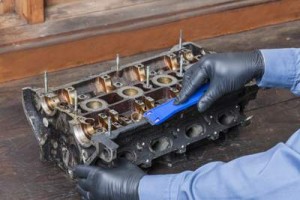
Service technicians can now use chemical gaskets where OEs had originally used formed-in-place or pre-cut gaskets during vehicle assembly. In addition to complying with OE specs, chemical gaskets are in many instances application specific, which makes their use more effective.
Cleaning the Surface
Perhaps the single most important step in assuring success with any type of chemical gasketing is a thorough and proper cleaning of the mating surfaces. Technicians must clean off all old gasket residue, whether it’s a formed-in-place gasket or the remnants of pre-cut hard gaskets.
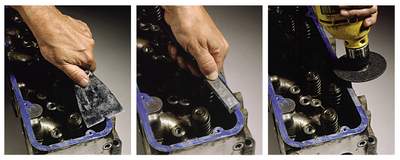
When cleaning sealing surfaces chemically, use agents that will not leave residue, which could compromise the sealing ability of the new gasket material. Gasoline, kerosene and similar products appear to do a good job of dissolving gasket residue, but they leave a petroleum-based residue that can keep the new sealant from doing its job properly.
Technicians should use products that are designed specifically to remove gasket sealants, baked on pre-formed gaskets, as well as residual pieces of pre-cut gaskets. Since general gasket removers are not designed for use on RTV gaskets, specialty formulations are available specifically for removing RTV silicone material.
In some cases, scraping may be necessary in order to remove stubborn debris from sealing surfaces. In such cases, the technician should use a scraping tool made of plastic or other material that will not leave nicks, scrapes or scratches. This is especially important with the precision-made alloys used on cam covers and other components built from light-weight alloys. See Figs. 1 and 2.
Courtesy of Permatex

